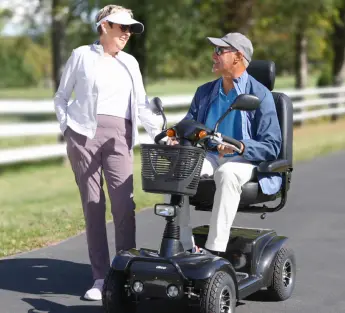Quick Facts on Vehicle Lift Installation
Quick Fact Sheet
- Exterior lifts attach to a corresponding hitch receiver. The size of the hitch determines how much weight a hitch can hold. A Class I will hold up to a 200 lb., Class II for up to 350 lb., or Class III for 350 to 500 lb. It’s important to note that the vehicle’s hitch receiver does not come with the lift, and must be already installed on the vehicle. Your individual automobile may be rated for a higher or lower weight carrying capacity, so always check with your manufacturer.
-
Boom lifts typically require minimal installation by bolting to the vehicle’s floor. Sometimes an additional “Base Plate” may be required to bolt to the floor.
-
Interior platform lifts mount using existing anchor points, requiring little to no modification to the vehicle in most installations.
Power lifts either include an electrical connector (or wiring harness) that hooks directly to the vehicles battery, or are entirely self-contained with a rechargeable battery pack that powers the lift.
Although most lifts feature very practical do-it-yourself installation, some are also available with optional nation-wide installation, where a skilled technician will come to your residence to professionally install the lift for you.
By Mark E. Smith





 Contact Us
Contact Us
 M-F 9am - 6pm ET
M-F 9am - 6pm ET
 Request parts
Request parts Request Service
Request Service
